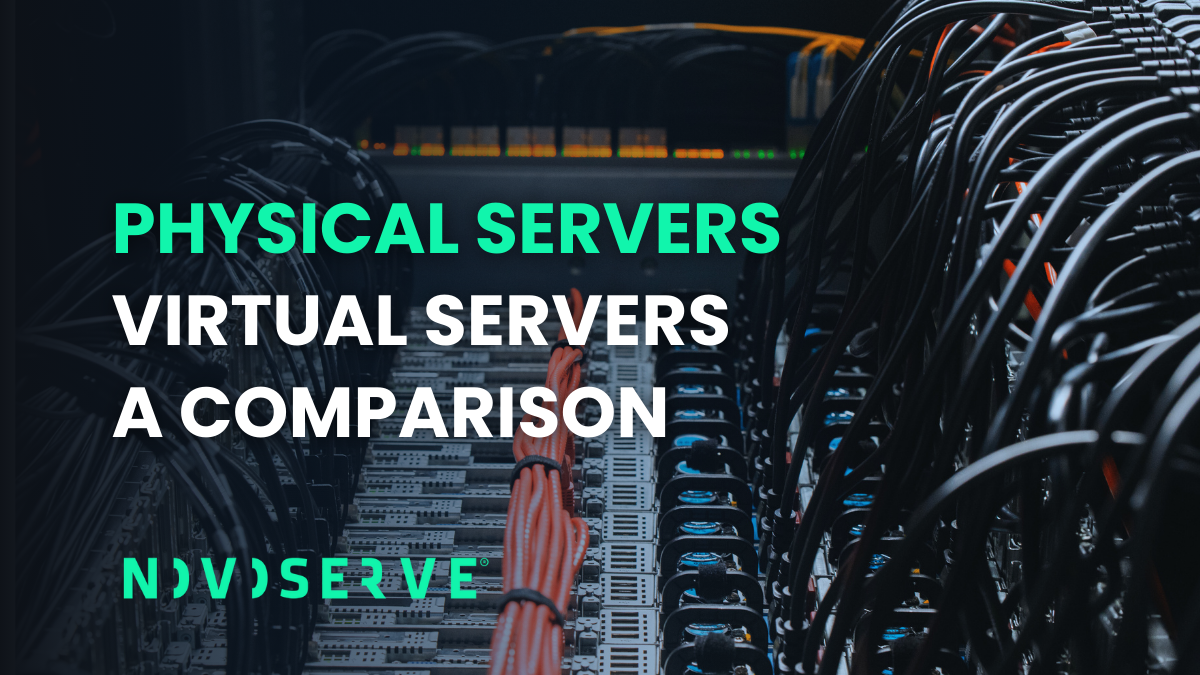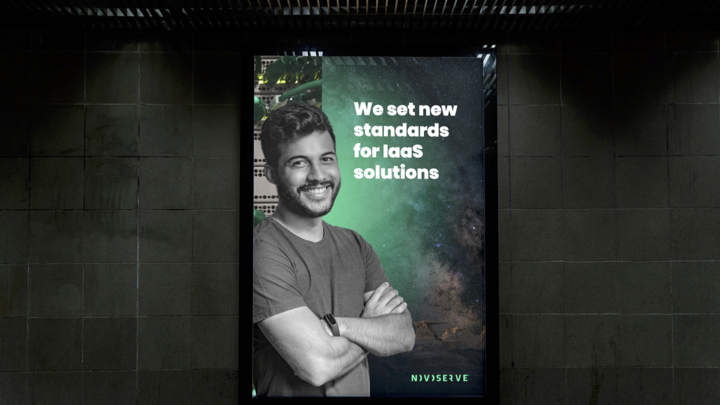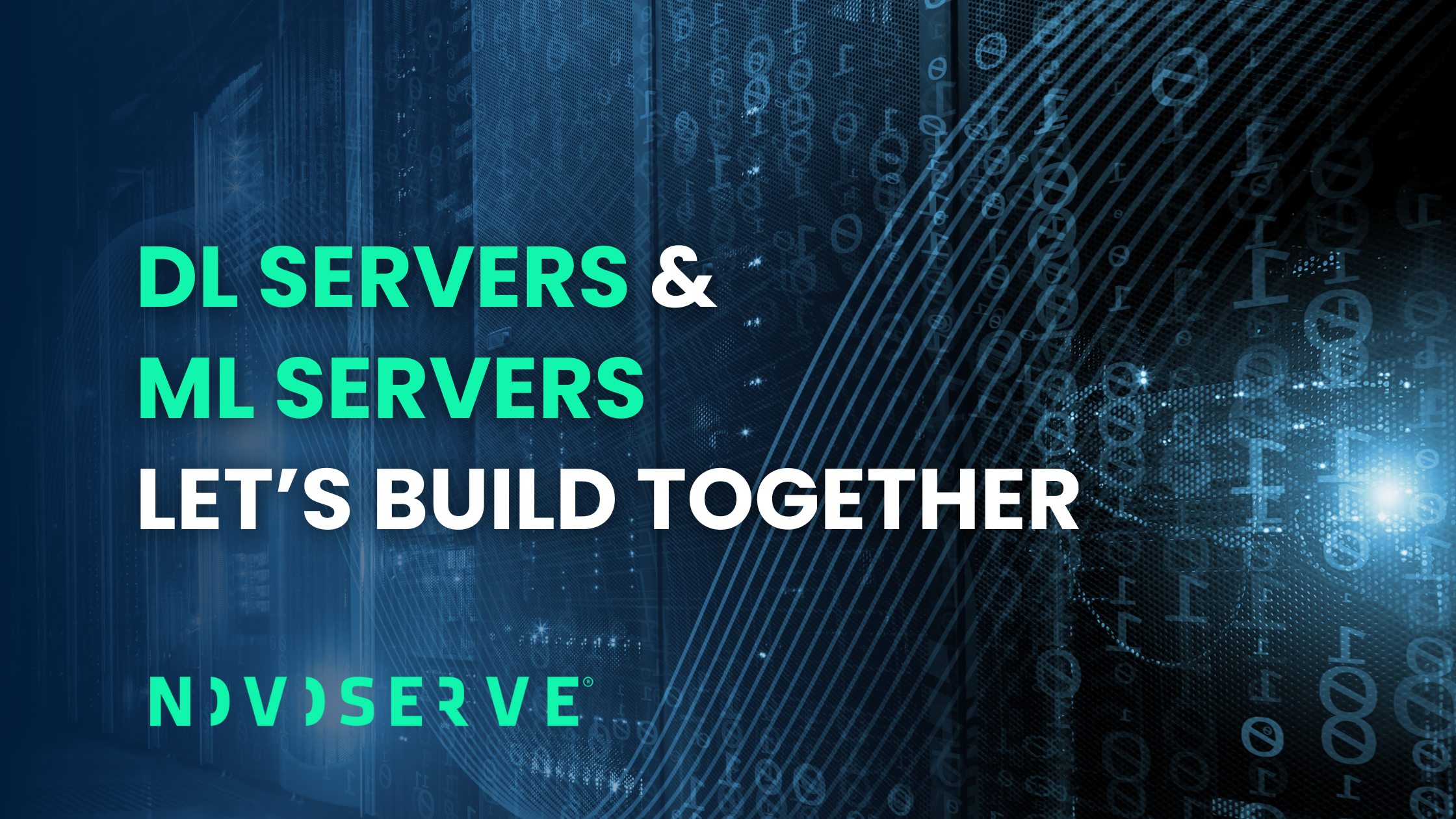The 'cloud-first' mantra has a performance blind spot. We’ve come to accept the overhead of virtualization—CPU cycles lost to the hypervisor and unpredictable I/O—as a necessary trade-off for flexibility. But for mission-critical applications, that compromise is becoming too expensive. This is where the physical server makes its return, not as legacy tech, but as a strategic choice for guaranteed performance.
What is a physical server?
A physical server—often called a "bare metal" server—is a single-tenant, dedicated machine. It's a piece of enterprise-grade hardware where all the physical resources—every CPU core, every gigabyte of RAM, and the full I/O capacity of its storage and network cards—are exclusively yours.
There is no hypervisor, no shared tenancy, and no virtualization layer siphoning off a percentage of your performance. You have direct, root-level access to the machine, giving you complete control over the operating system, the kernel, and the entire software stack. It’s your server, and yours alone.

Physical server vs. virtual server (VM)
The choice between a physical server vs. VM comes down to a fundamental trade-off between dedicated power and multi-tenant flexibility. Here’s how they stack up on the factors that matter most to tech professionals.
Raw performance and predictable latency
A physical server delivers 100% of its hardware's potential directly to your application. With no hypervisor overhead, CPU instructions are executed without delay, and I/O operations have a direct path to the hardware. This results in maximum throughput and, crucially, predictable, consistent latency. This is non-negotiable for real-time applications, financial trading platforms, or high-performance game servers.
A virtual server, by contrast, always pays a performance penalty. The hypervisor consumes a portion of the CPU and RAM, and I/O requests must pass through a virtualization layer. Performance can also be variable, subject to the activity of other tenants on the same host machine.
Control, customization, and freedom
With a physical server, you have total root-level control. You can install any supported OS, fine-tune the kernel, configure custom network settings, and run specialized software that may not be compatible with virtualized environments. This is essential for complex, custom-built applications or legacy systems that have specific hardware dependencies.
Virtual servers offer platform-level control but limit your access to the underlying hardware. You operate within the constraints set by the cloud or VPS provider, with limited ability to optimize the deep-level workings of the machine.
Security and isolation
This is a simple but powerful advantage: a physical server is a single-tenant environment. Your data and applications are physically isolated from all other customers, eliminating the risk of cross-tenant security breaches that can occur in multi-tenant environments. For any organization handling sensitive financial, healthcare (HIPAA), or personal (GDPR) data, this physical isolation provides a level of security that is difficult to replicate in the cloud.
Physical server costs
The physical server cost model is one of predictability. You pay a fixed monthly fee for a dedicated set of hardware resources. This makes budgeting simple and transparent, a core principle of FinOps. For workloads with consistent, high resource utilization, the Total Cost of Ownership (TCO) of a physical server is almost always lower than paying for the equivalent resources on a usage-based cloud model. With options for unmetered bandwidth, you can scale your traffic without the fear of a surprise bill.
The cost of a virtual server is variable and can be complex. While seemingly cheap for small or bursty workloads, costs can escalate quickly with sustained usage, data transfer (egress fees), and I/O operations, making budgeting a significant challenge.
With NovoServe, you can easily deploy your dedicated physical server with unmetered dedicated port from €59.
When is a physical server the undisputed choice?
While VMs are excellent for variable or small-scale workloads, a physical server is the superior architectural choice for:
- AI & Machine Learning: For training models that require direct, sustained access to multiple GPUs.
- Big Data & Analytics: For platforms like Hadoop or real-time analytics engines that need maximum I/O throughput and CPU power.
- High-Traffic Databases: For large-scale SQL or NoSQL databases where predictable disk and network latency is critical.
- Gaming Servers: For multiplayer game servers where even a few milliseconds of inconsistent latency can ruin the player experience.
- High-Performance Computing (HPC): For scientific and financial modeling that requires every ounce of processing power.
Our enterprise-grade physical servers
At NovoServe, the physical server isn't just an option; it's our specialty. We provide the enterprise-grade foundation your most important projects deserve, built on:
- High-Performance Hardware: Customizable servers featuring the latest CPUs from Intel and AMD, high-speed ECC RAM, and ultra-fast NVMe storage.
- A World-Class Network: A massive 16+ Tb/s network with 10+ Tier-1 transit providers and over 800 peering partners, ensuring your data reaches your users with the lowest possible latency.
- Predictable Costs: Fixed monthly pricing and generous bandwidth options, including true unmetered ports, so you can scale with confidence.
Ready to build without limits? Connect with our infrastructure architects today to design the perfect physical server for your project.



